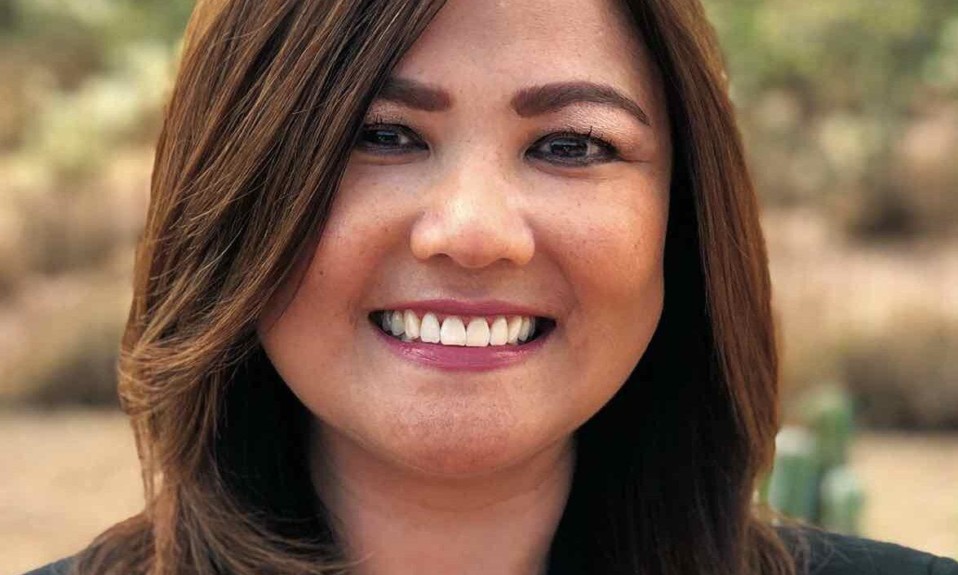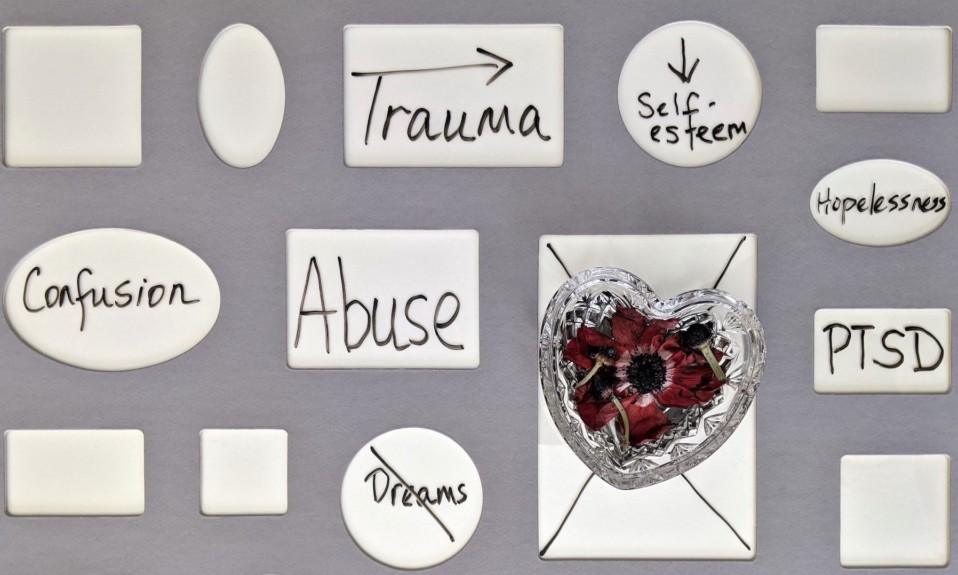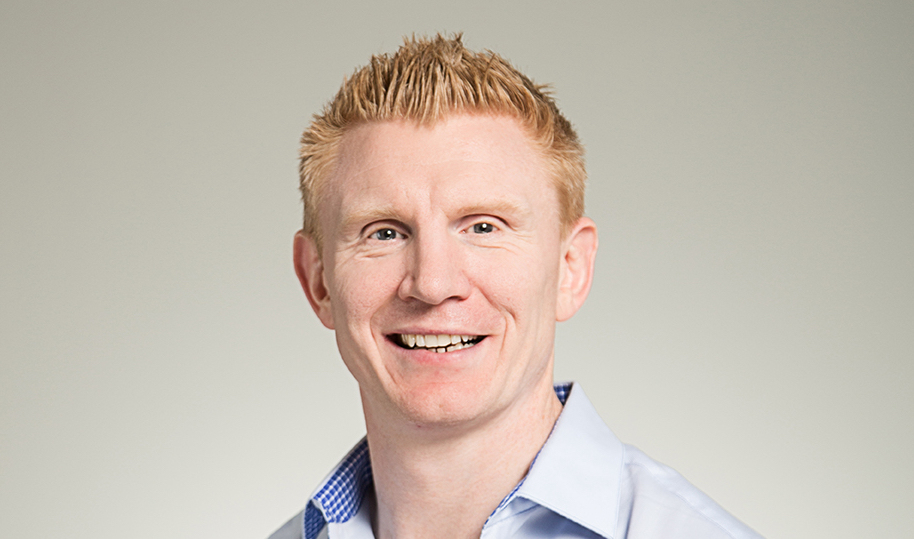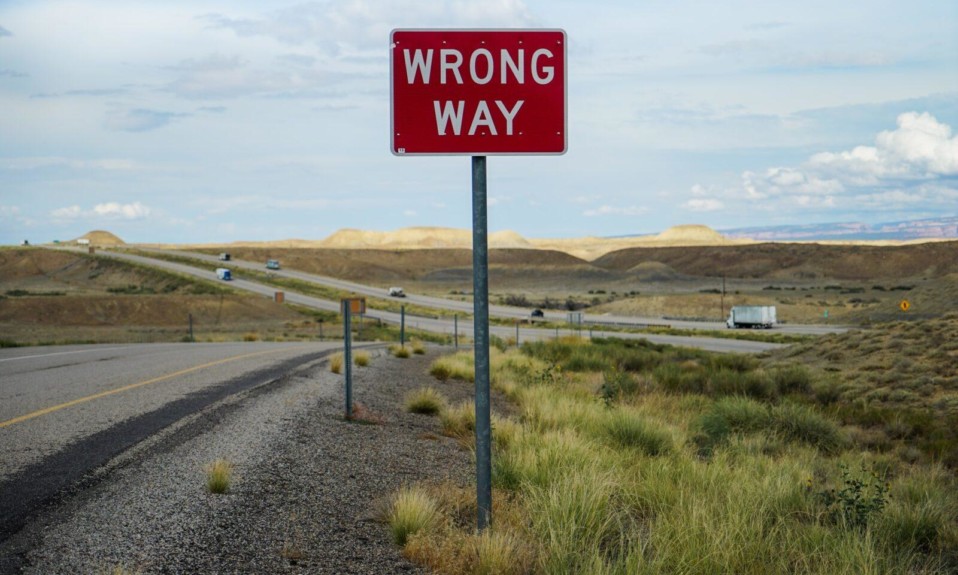The pioneering treatment leader on her vision for her Arizona center’s multidisciplinary COVID program and what’s next in SUD recovery
By Jennifer Taylor
December 15, 2020Sierra Tucson CEO Valerie Kading and her staff recognized early that the pandemic would have devastating effects beyond the physical. In response, the Arizona-based treatment center launched its signature Healthcare Heroes program in the spring, designed to solely focus on the anxiety, stress and trauma frontline healthcare workers face when caring for COVID-19 patients.
“We’ve understood that one of the big fallouts from this pandemic is that our healthcare heroes, such as nurses, physicians, physical therapists and respiratory therapists, are now at even more high risk for burnout, depression and even suicide,” says Valerie M. Kading, DNP, MBA, MSN, PMHNP-BC, Sierra Tucson group chief executive officer. “So who’s taking care of them? They always put their patients ahead of themselves. It’s time for us to be able to provide the support to them and to address their needs.”
Under her leadership, Sierra Tucson, both a residential and outpatient center treating substance use disorder, trauma-related issues, chronic pain, mood and anxiety, and co-occurring disorders, has uniquely focused on care for front-line workers.
The pending crisis within the pandemic became apparent when Kading recognized leaders in the Behavioral Health and Addiction field were caught off guard in their attempts finding enough personal protection equipment and determining new protocols. The Healthcare Heroes program was born out of empathy for their colleagues in the medical field, Kading says.
“We knew that if we were experiencing this, their experience must be much more severe,” she says. “Historically, I think mental health, substance use and addiction needs have not really been at the forefront of healthcare. There’s been a huge stigma. When else is a better time to really address these issues when we know that this pandemic is not just going to be affecting physical issues, but these mental health substance use issues are going to be magnified with the pandemic?”
More than eight months into the pandemic, Sierra Tucson has seen the benefits of its efforts with an increase in physicians and nurses coming in for treatment, specifically for anxiety, stress, depression and substance use. More than 14.8 million Americans have gotten COVID-19 and more than 300,000 citizens who have died from it.
Custom programs like this represent only a fraction of the services offered by Sierra Tucson. Established in 1983, the center integrates evidenced-based practices and integrative therapies—patient treatment plans are individualized based on someone’s needs, according to Kading. A range of programs offered treat addiction, mood disorders, chronic pain, trauma and PTSD, and eating disorders.
Historically, I think mental health, substance use and addiction needs have not really been at the forefront of healthcare. There’s been a huge stigma. When else is a better time to really address these issues when we know that this pandemic is not just going to be affecting physical issues, but these mental health substance use issues are going to be magnified with the pandemic?”—Sierra Tucson CEO and group chief executive officer Valerie Kading, DNP, MBA, MSN, PMHNP-BC

Present in all of Sierra Tucson’s treatment approaches is Kading’s core belief that all patient care should begin with addressing trauma. She spoke to TreatmentMagazine.com recently about the treatment center’s specialties and specifically about her outlook on Sierra Tucson.
Q: How did you first get into the addiction treatment field?
A: Prior to Sierra Tucson, I was a psychiatric nurse practitioner at a community mental health clinic in Tucson, and we cared for clients that had serious mental health issues, as well as substance use disorder. Early in my career, I really understood that each client has their own story and that substance use and mental health issues aren’t mutually exclusive. It was a real joy to work with these individuals that at the root had very, very complex trauma issues. And it was really a wonderful opportunity to be able to work with these clients over 10 years and to see them grow. I was there for 10 years, and I even had some clients that I started seeing when they were 18, 19 years old—seeing them throughout their 20s and to be able to see how they were still able to have successful jobs, be in recovery, get the treatment they needed, and be successful in their lives.
Early in my career, I really understood that each client has their own story and that substance use and mental health issues aren’t mutually exclusive. And it was a real joy to work with these individuals that at the root had very, very complex trauma issues.”—Valerie Kading
Coming to Sierra Tucson, it was really a great transition to be able to still work with individuals suffering from substance use disorders and also mental health issues and then finding a much more holistic approach to treating these individuals in their recovery journey.
Q: Why is Sierra Tucson uniquely successful in treating addiction?
A: We are successful for many reasons. I get so excited when I talk about this, because, first of all, we acknowledge that every single person that comes through our doors is a unique individual. We always treat everybody as if they do have their own story. We acknowledge that one treatment plan does not exist. We have a unique treatment plan for every single person in that we meet each client where they’re at in their recovery process.
No two patients’ schedules are the same. Everyone has a different schedule, a different treatment plan, because we know that if someone comes here for addiction, we’re almost certain that they’re going to have trauma issues, that they may also have on top of that a mood disorder. They may also have some pain issues. We’re able to create a customized treatment plan that addresses all those issues.
In addition to that, we also acknowledge that trauma is the underlying cause of addiction issues. Without addressing trauma, you will not be able to address the addiction issues to the greatest extent possible. So you must have a trauma component to the treatment. And that’s what we do here for every single person that walks through our door.
Sierra Tucson has been a leader in [trauma treatment]…but it is not something that has been widely accepted by the industry. I would say the majority of substance use facilities in this country are still focused on the 12-step modality, or abstinence space.”—Valerie Kading
Another reason we’re very successful is that we have a team of professionals that are extremely passionate about what they do here. There’s so much talent under one roof. It’s an integrative team: a team of medical providers, nurses, therapists, administrators, technicians, pharmacists, psychologists. And we all work together.

It’s not easy to do. That’s why not very many places are doing it because it takes a lot of collaboration. You have to have a system in place so that you’re facilitating the communication, the collaboration every single day. That is really very unique about what we do here in our team at Sierra Tucson. We’re always looking at being ahead of the curve at bringing in new interventions and having programs that really address the needs of our society. What we did five years ago may not be relevant today. We’re always looking ahead to see how we can best meet the needs of our community.
Q: What are the treatment modalities used by Sierra Tucson?
A: We have a multidisciplinary approach. It’s really a collection of all these different modalities. We provide individual therapy, CBT therapy, somatic experience, EMDR bodywork, such as therapeutic massage, acupuncture and acudetox. And then also psychiatric services such as providing a psychiatric evaluation, medication management, medication-assisted treatment and 24/7 nursing care.
We have four major programs. Depending on what the circumstances are, they could be placed in a mood, trauma, pain or addiction program. In addition to all of that, we have specific programs that are unique to someone that falls into one of those four programs.

Q: In addition to your Healthcare Heroes program, have there been other programs for specific populations launched by Sierra Tucson?
A: We have a Red, White and Blue program that is specifically targeted for first responders and veterans. That program was created specifically to respond to the increased rates of [post-traumatic stress disorder] amongst our veterans with the Gulf War and post-9/11. The veterans who have suffered not only traumatic physical injuries, but the mental health fallout from being in combat. We’ve created a special group for them so that they can come together, just that specific group, and feel comfortable talking about their past trauma, struggles and any other issues that they want to bring up.
We also have a special area in our lobby with a display where we have a flag and certain memorabilia that helps [veterans] feel more at home. They feel the extra support from from us and other staff who are veterans and first responders. They know they feel safe here, that it’s okay for them to talk about their emotions and to let their guard down and to be able to explore their trauma and address any other issues that they may have not wanted to talk about in the past.
One of the things that I have plans for next year is focusing on women’s mental health issues and treating women who have perinatal mood disorders and postpartum depression.
Q: What made you decide to pursue this at this time?
A: I have a special passion for working with women. And this was the focus of my doctoral studies: 20% of women suffer from postpartum depression. And now more than ever, with a pandemic and the general population feeling more anxious and depressed, women are at greatest risk for experiencing postpartum depression.
The effects of postpartum depression to the infant and to her family are so significant, because there’s a detachment, a bonding issue. And when you couple that with the general anxiety and fears about the pandemic, this could be a very significant issue for future generations.
This is really an obstacle time to focus on the needs of women, especially as it pertains to mental health issues. I think women are increasingly burdened emotionally during this pandemic. As you’ve probably seen, many women have been forced to leave their employment to take care of their kids as they’re homeschooling them. There’s just compounded mental health concerns for women, and we’re just starting to realize and see how this pandemic is going to affect women.

Q: Do you think this issue will be picked up by treatment leaders nationwide? Or do you think because you’re a woman in this position that it helps to bring it to the forefront?
A: Yes, I believe that women’s mental health issues are typically not in the spotlight. Women’s mental health issues and symptoms related to the postpartum period are under-recognized. Many studies have shown that even healthcare providers, physician nurses have very little education or knowledge about how you assess for postpartum depression, how you even identify those symptoms, and how to even treat it.
Q: What do you wish you could change about the treatment field?
A: I would like to see a growing focus on trauma when addressing substance use and mental health issues.
Q: What percentage of providers in the field are focused on trauma?
A: It’s definitely less than 50%. I would even say less than a third. I’ve done presentations on adverse childhood experiences, or ACES. I would say that a majority of the audience, most of the time, does not know what ACES are.
This is a huge initiative I’m working on at Sierra Tucson where every single person here on campus understands what ACES are and how that impacts adults and how it impacts one’s entire life. In order to be able to address trauma, you have to understand the root of trauma. What are adverse childhood experiences? And how does that translate into negative medical outcomes, increased risk for substance use, increased risk for mood disorders in adulthood? And then once you identify that, then how do we treat that?
Q: Are there insurance hurdles connected to treating trauma?
A: Absolutely. Trauma work requires intensive therapies. It includes several modes of therapy to be optimally effective. And insurance companies typically will not cover multiple modes of therapies to address substance use issues.
Q: How do you measure outcomes at Sierra Tucson?
A: We provide at initial admission a series of psychometric tests that look at mood symptomology, sleep and quality-of-life indicators.
And then at mid-treatment, we do the same thing. We compare those test results and share that with the medical treatment team. From there, they can make adjustments to the treatment plan.
We also have a program called Connected 365. It includes recovery coaches that are paired up with our alumni. They meet them while they’re in treatment, and once the patient discharges, they have regular contact with their recovery coach. They have contact via phone, text messages and our app.
We have another series of questionnaires, outcome measures, at three, six, nine and 12 months. From there, we’re able to assess one year post-discharge. We’ve also had patients continue on to the second year, and we’ve been able to get those outcomes as well.
Q: How do you think the treatment field can improve treatment outcomes?
A: The trauma treatment has to be a core component of substance use treatment. That is critical. Unless you address the underlying issues, our comps are just not going to be as successful. I believe that in my core, so addressing trauma really has to be a critical part of treatment. The other is ensuring that medication-assisted treatment is an available option. It’s not the answer for everyone, but it’s an evidence-based treatment that should be available to patients and appropriately prescribed.
Q: If you were in charge of our country’s laws and healthcare, what would you change?
A: I would mandate that health insurance covers substance use treatment, including residential treatment, and that health insurances are mandated to cover medically necessary treatment for any mental health or substance use disorder. The Mental Health Parity and Addiction Equity Act of 2008 has not been enforced systematically. And I would ensure that was enforced and that people are able to get adequate mental health and substance use treatment.
Q: Has treating trauma for substance use been more widely adopted in the field?
A: Honestly, I don’t think it’s there yet. Sierra Tucson has been a leader in [trauma treatment], in that Sierra Tucson has been doing it for decades. But it is not something that has been widely accepted by the industry. Several of our colleagues are really addressing trauma, but the majority are not. I would say the majority of substance use facilities in this country are still focused on the 12-step modality, or abstinence space. Or medication-assisted treatment is just maybe one or two modalities of treating the individual and not really getting through to the heart of addressing trauma.
Q: What is your top treatment takeaway?
A: We must address trauma. We must. And once we address trauma, we will see that there is an added benefit to improving physical ailments. In addition to addressing the substance use issues and the mood issues, we will see a medically healthier, physically healthier individual [who has] improved relationships. We will see exponential improvement in overall health for the individual.














